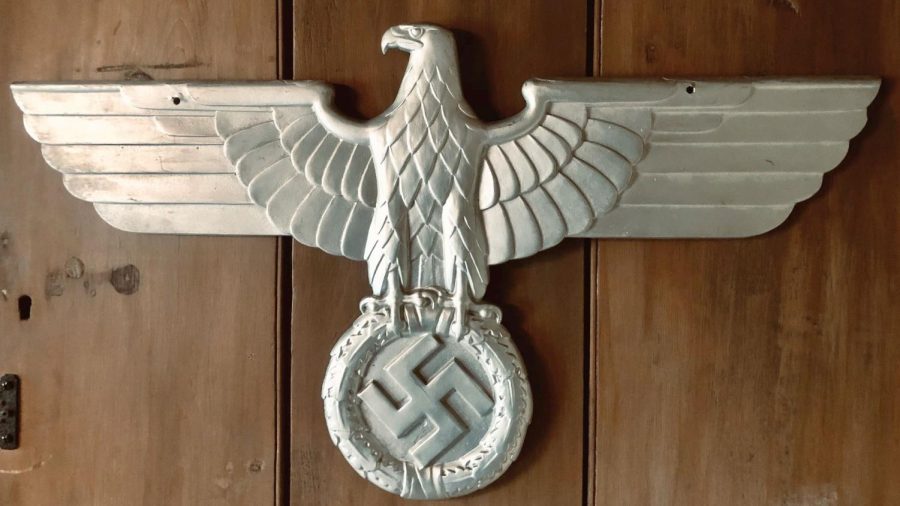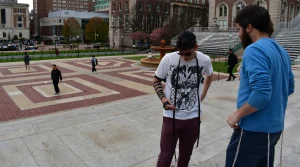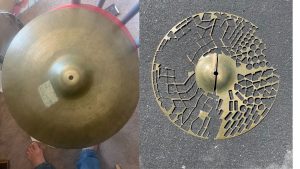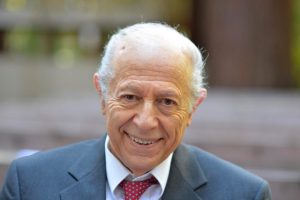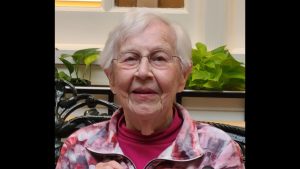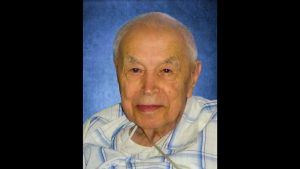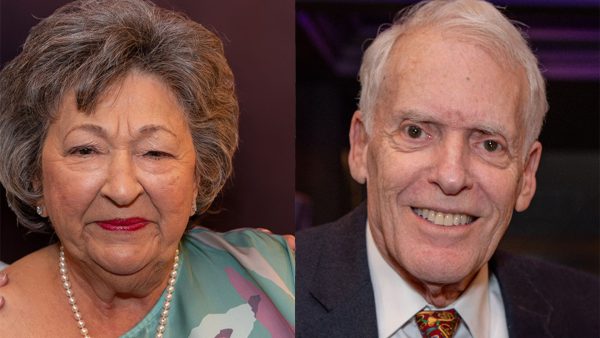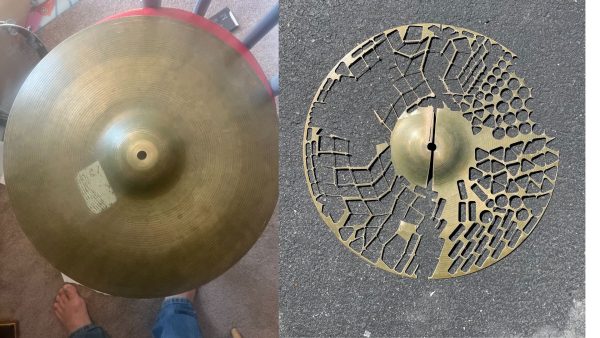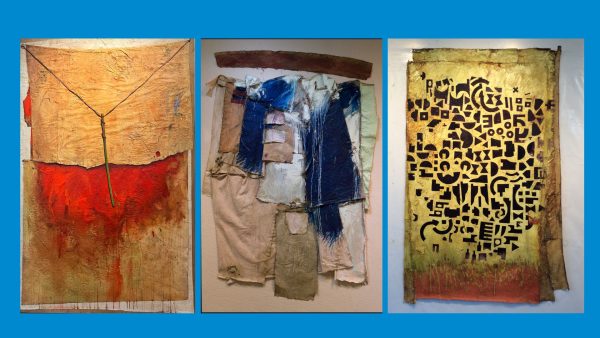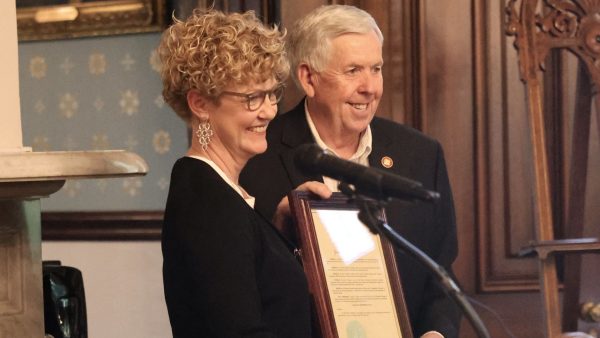How symbols and synchronicity brought this Nazi Eagle to St. Louis
Published June 19, 2023
My friend Katya was recently helping Rebekah organize her home. As part of her process, Katya asks about various objects and how people feel when they are in their presence. She then brings to their attention how objects can affect their lives. Upon hearing this, Rebekah brought out a shiny aluminum Nazi Eagle (measuring 28” x 16”), which Rebekah’s grandfather had owned.
She had it concealed in a box and did not want to display it, although it had significance to their family. Another person said to destroy it, but Katya said, “I have another idea” and called me.
I didn’t know Rebekah at the time, but what I did know was that the Nazi Eagle symbolized the Third Reich and its inhuman goal of destroying all people who fell outside the Nazi purview of a “superior” Aryan race. In essence, the Nazi Eagle recalls the worst of human conduct: objectification of “the other”, blind hatred, and the abuse of others, including the use of forced labor, starvation, cruelty, suffering, and mass murder.
Around 1928, Swiss psychologist Carl Jung posited – that sometimes, there could be deeper, more meaningful connections between people we cannot explain by science alone. The sudden appearance of the Nazi Eagle in the lives of Katya, Rebekah, and me at the same time caused me to consider and reflect upon the “synchronicity” that could have been involved in the three of us having met around this Nazi artifact.
What we discovered was that Rebekah’s grandfather, Sgt. Albert Sebastian of the 82nd Airborne was an American soldier who took part in the Normandy Landing and in the Battle of the Bulge. He also saw with his own eyes the horrific conditions in concentration camps and the cruelty the Nazis inflicted on Jewish and other so-called “inferior” people.
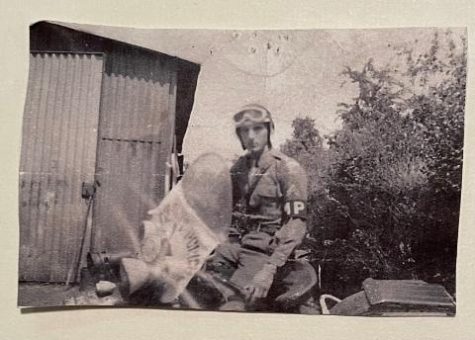
In 1945, when the Allied Forces prevailed, Sgt. Sebastian took the Nazi Eagle from an evacuated Nazi building in Germany as a memento of his role in ending Hitler’s hell. Unlike 407,000 other American soldiers, Rebekah’s grandfather lived to return to the U.S., where he amassed a large collection of additional Nazi artifacts. He later gave the Nazi Eagle to his grandson David C. Kesler, and it ended up in Rebekah’s possession when he passed away.
Katya’s father, Alexander Wieber, lived in Germany at the very time Sgt. Sebastian was there fighting against the Nazis. It was a requirement for all children over the age of six to join a Nazi youth group. As such, Wieber was forced to join one of these groups, although neither he nor his family supported the Nazis.
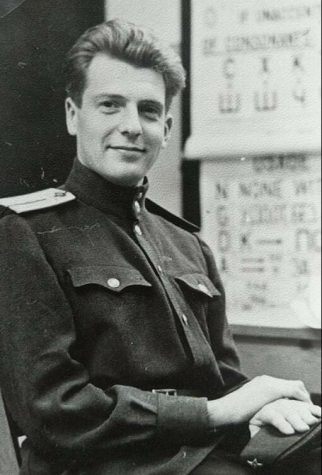
At the age of eleven, as part of his required service, Katya’s father was assigned to work with armament supplies. Alexander’s family had already left Russia some years prior, and his father was known as an anti-communist. The Wieber family decided to leave communist-ruled East Germany as they were being pursued because of their views. The Communists appropriated his family home and possessions. Wieber’s family escaped by traveling through the Russian occupied territory to West Germany. After working for the CIA as translators, Alexander and his new wife, Julia, eventually emigrated to the United States in 1956.
My father, Ben Fainer, was also in Germany during some of the above-mentioned time. He, however, was not a soldier for either side. Instead, he was a Jewish teenager who was forced into a concentration camp at the age of eleven. In 1945 as the Allied forces were closing in, he and other prisoners, who could work, were forced to walk for days on “Death Marches.”
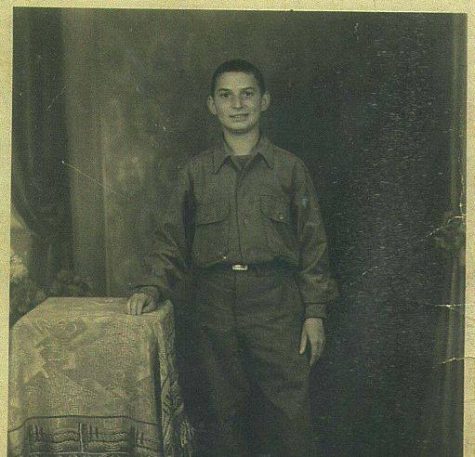
My father somehow survived two such marches. The first march was a twelve-day 118 mile walk from Blechhammer (a sub-camp of Auschwitz) to Gros-Rosen, another concentration camp. During that walk, temperatures were freezing or below; he and his fellow prisoners walked without boots, coats, gloves, or hats and ate nothing but a little bread and margarine.
My father eventually arrived in Weimar, Germany on an open coal railcar, and was then imprisoned in Buchenwald until he was liberated on another death march that departed from that camp. During his captivity, my father also survived unsanitary and horrific living conditions – enduring starvation, dehydration, physical, mental, and emotional abuse. His mother and three younger siblings were murdered by the Nazis, who also destroyed his community and entire way of life.
Perhaps, as Jung theorized, there was more than mere coincidence at work in the fact that Katya, Rebekah, and I came together as we did. All three of us were descendants of men deeply entangled in Nazi history: one who fought against the regime, one who fought for it (albeit unwillingly), and one who survived its systematic effort to murder all of Europe’s Jews.
That single Nazi Eagle reminded us that our families, and millions of others, bear the scars of Nazi inhumanity. Consequently, to honor our family members and the memories of all who suffered under and because of the Nazis, we have donated the Nazi Eagle to the Kaplan-Feldman Holocaust Museum in St. Louis, Missouri in the hope that others may learn as much as possible about the Holocaust and all of its millions of victims.
Sharon Hannah Berry is a daughter of St. Louis Holocaust Survivor Ben Fainer (of blessed memory). She is the co-founder of the Hannah Ida Urman Foundation, a non-profit focused on Holocaust education, named after her paternal grandmother, who was killed by the Nazi Regime. Rebekah, Katya and Sharon live in the suburbs of Philadelphia.
| RELATED: Holocaust Museum receives long-lost bracelet secretly crafted in concentration camp



